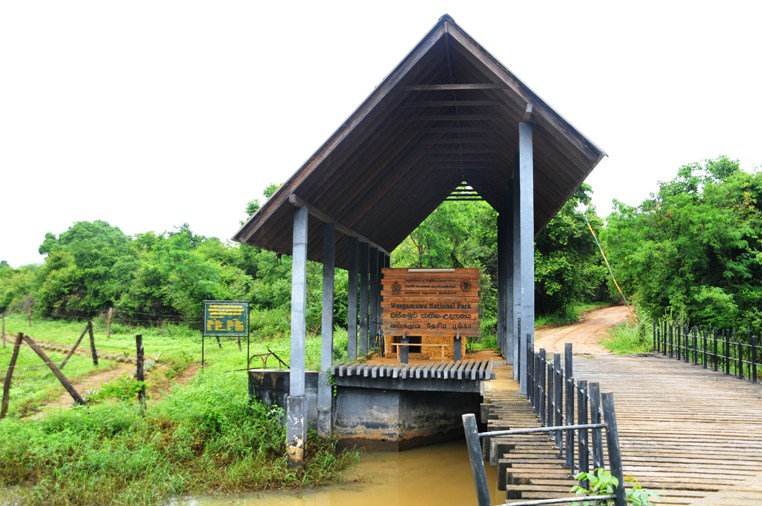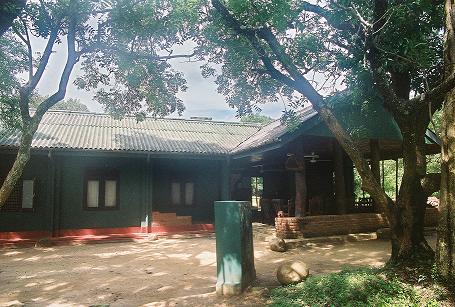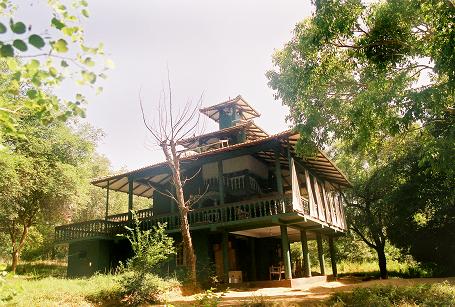
Wasgamuwa National Park
 |
|
| INTRODUCTION | Wasgamuwa is well known its abundant wildlife population, wilderness setting and home of several interesting ancient sites. Wasgamuwa is distinguished from other parks by having a full complement of predators of which bears are particularly noteworthy. Ecological research undertaken in the park suggests that the density of bears in Wasgamuwa is probably higher than anywhere else in Sri Lanka. The name Wasgamuwa may also derive from an ancient meaning as a gathering place for bears. Part of Wasgamuwa was declared a Strict Nature Reserve in 1938 and additional areas added to become Wasgamuwa National Park on 07 th August 1984. The park covers almost 37,062.9 hectares of which most is wilderness areas with no visitation. |
| ACCESS | Wasgamuwa is 225kms from Colombo and can be reached via Kandy. Turnoff at Hasalaka on the Kandy-Mahiuyanganga Road and proceed via Wilgamuwa up to can reach Wasgamuwa via Laggala and Waligamuwa. |
| PHYSICAL CHARACTERRISTICS | The dominant tomography is the north-south aligned, quartzite Sudukanda range (535m) in the west of the park, the Amban Ganga to the west and the Mahaweli Ganga. It futures to weosion remnants, such as Nuganagala (142m) in the North and Udawewalanda (190m) towards the south. Rocks are predominantly Pre-cambian. Soil are reddish-brown earth in the upper catchment areas and alluvial in floodplains. Total area is over 39,322 ha. The park is contiguous to the Riverine Nature Reserve (920.6ha) on the right bank of the Mahaweli Ganga. Climate conditions are fairly typical of the dry zone and largely influenced by the northeast monsoon (Maha) in October- February. Inter-monsoon rains occur in March-May. Annual rainfall increases from about 1,750mm in the north to 2,250mm in the south and mean annual temperature is about 27 ° C, with little variation year-round. |
| VEGITATION | The main vegetation type is topical dry mixed evergreen forest, but due to the variations in geology, landform, soils and hydrological conditions sub-natural vegetation type is also found, resulting from human interventions. |
| FAUNA | Twenty three species of mammals have been reported from the park. The park is especially known for its high abundance of sloth bears (Melursus Ursinus) and a reputation for housing some of the largest Asian elephants and the “marsh elephant” of Wasgamuwa are reputedly the largest of the Sri Lankan elephants, Some 143 species birds have been recorded of which 5 are endemic to Sri Lanka. Fifteen species of amphibians have been reported including the endemic, there are also 35 reptiles, many butterflies can be seen flitting around the park and 52 different species have been recorded, out of which are endemic and 17species of fish have been recorded. |
Copyright© 2013 Department of Widlife Conservation








